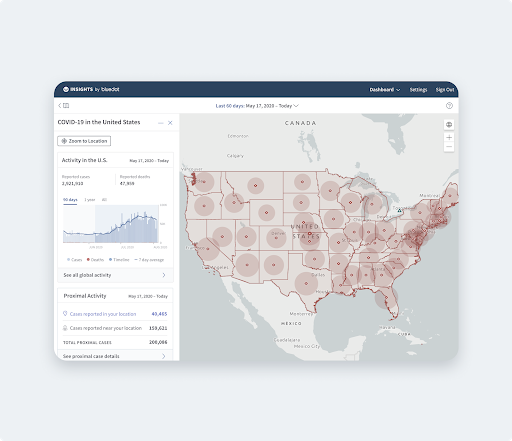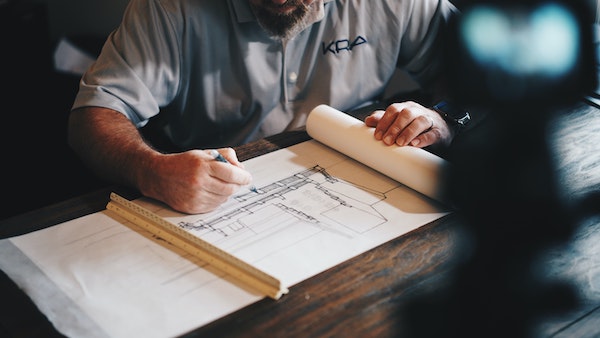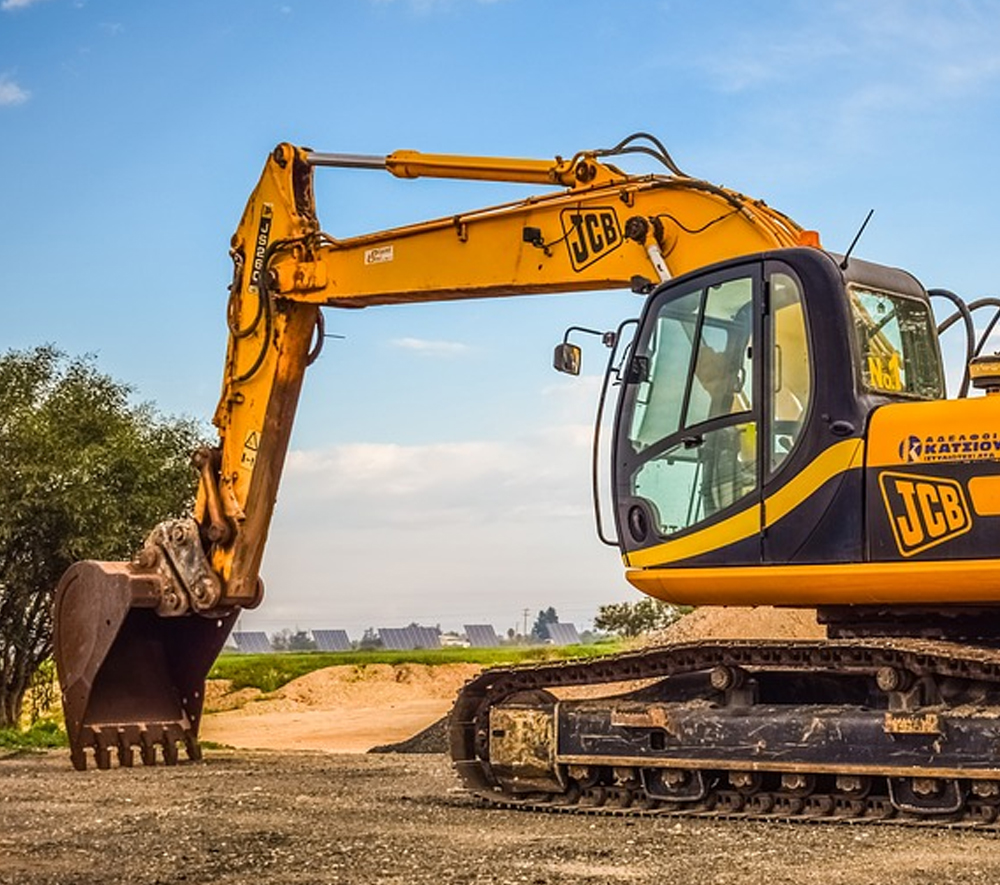Philip José Farmer is probably best known for hisRiverworldseries, but it’s one of his lesser-known works, the 1952 short story “Sail On! Sail On!” that’s dear to a mapper’s heart. As Columbus sails out in search of new lands in 1492, he pushes on despite the crew’s increasing apprehension. If only they’d had 52°North of Germany’s Sensor Web technology! They might have received a notification via FME Server warning them to turn back and avoided sailing off the edge of the flat earth and into orbit.
52°北是一个非盈利的开放源代码倡议他adquartered in Muenster, Germany, that focuses on developing new concepts and technologies in the field of geoinformatics. Founded in 2004 by the Institute for Geoinformatics of the University of Muenster and con terra GmbH, their partner network now includes numerous industry, government and academic members. The Federal IT Services Institute under the authority of the Federal Ministry of Transport, Building and Urban Development (DLZ-IT BMVBS) is one of those, and their use case was behind an impressive FME Server-based prototype presented at the 2012 INTERGEO trade fair.
大多数商业船s on inland waterways in the EU are outfitted with Class A Automated Identification System (AIS) transceivers, which monitor and broadcast information such as ship ID, position, course, and speed. They also provide dimensions, including ship height, and current draft – the depth of the vessel below the waterline, which will change depending upon the weight of the cargo onboard. This information becomes crucial when a ship needs to pass under a bridge – as is knowing the current water level.
If the ship’s captain wants to receive notifications from the warning system, he subscribes with the notification server. From then on, the latest AIS information is pushed to FME Server, which monitors bridge clearance in proximity to the ship. When the ship approaches a bridge, FME Server pulls in two other datasets. First, an extensive network of sensors provides current water levels up to every minute. This data is provided through the OGC(R) Sensor Observation Service (SOS) interface, which is coupled to DLZ-IT’s PEGELONLINE system. The current level is compared with a static database of bridge heights, and FME does an on-the-fly calculation of the current available clearance. By looking at the ship’s dimensions and current draft, provided by the AIS system, FME Server can then determine whether the ship will fit, or if there is a danger of collision – and send a notification such as a text message or email to the captain, advising him immediately.
While it’s still in the prototype stage (water level prediction models will need to be added for real-world use), con terra and 52° North are excited about the future possibilities of combining FME Server’s capabilities with their ongoing development. “This prototype shows how efficiently and flexibly open standards and the FME Notification Server can be coupled to build powerful event notification systems that fulfill the needs of our customers in the near future,” says Christian Dahmen, consultant at con terra. We’re excited to see what they come up with next. Sail On!
Learn more about working with real-time and sensor data atwww.safe.com/realtime

Kris Majury
Kris is a content developer at Safe Software who concentrates on creating documentation for FME transformers. Kris works remotely from the wonderful Gulf Islands off the coast of British Columbia.



